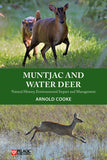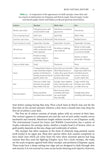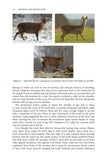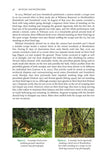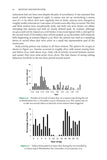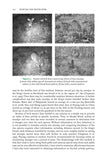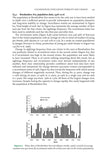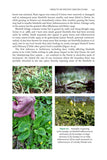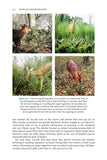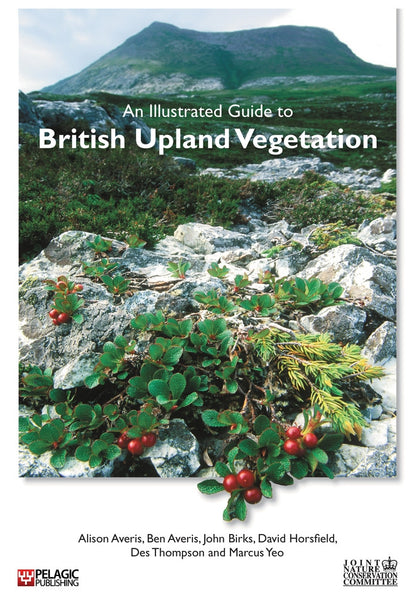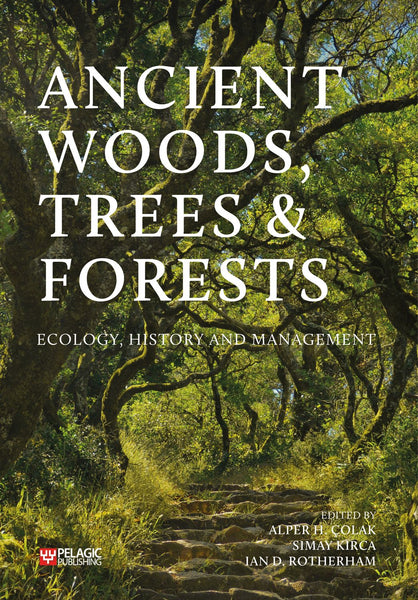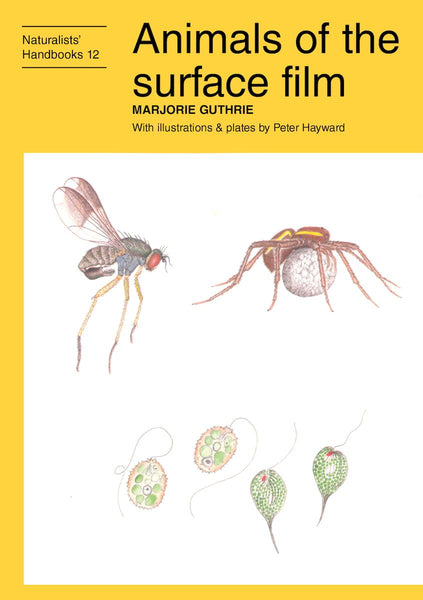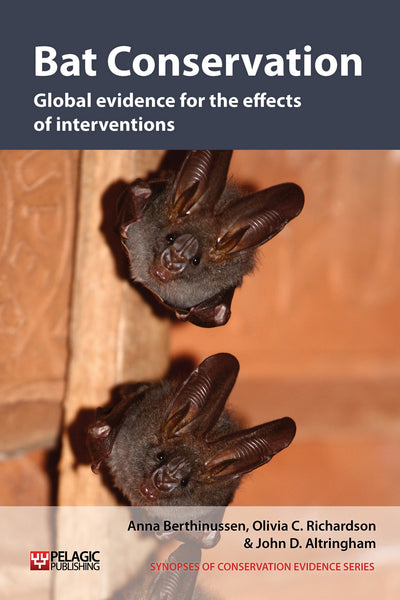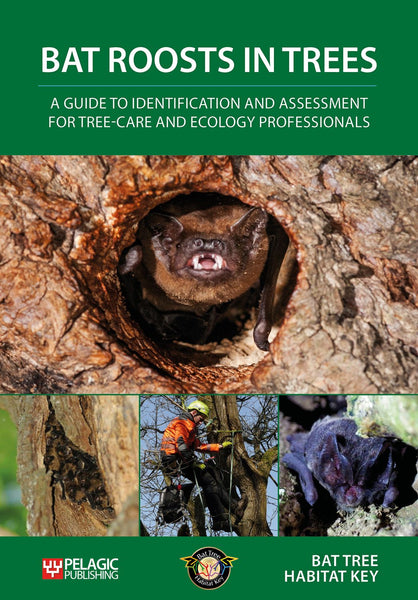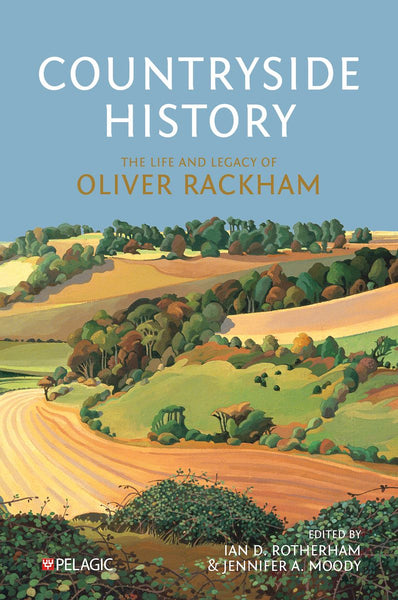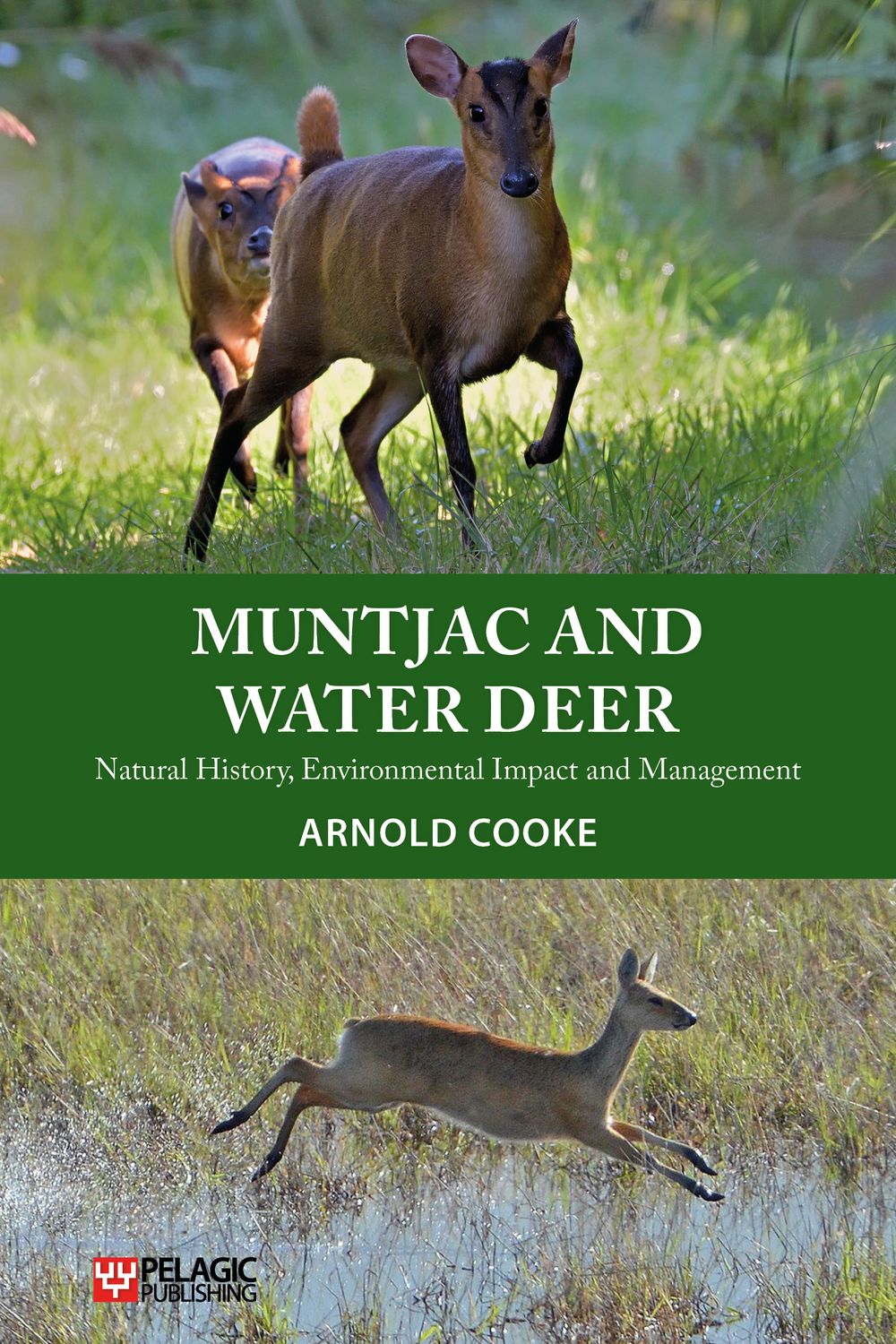
Muntjac and Water Deer
Natural History, Environmental Impact and Management
- The first book that compares muntjac and water deer, and covers both in detail.
- Provides novel methods as well as results.
- Brings together unpublished work, grey literature and published research.
- This is a must for any interested in the environmental impact of alien deer species, the text is an easy to read style for both the amateur naturalist and professional deer manager.
—Derek Crawley, Mammal News
- cervidae
- deer
- ecology
- habitat
- habitat management
- mammals
- muntjac
- water deer
- woodland
Description
Muntjac and water deer were introduced to Britain from East Asia. This book provides a comprehensive overview of their natural history and the management of their environmental impacts.
In lowland England, muntjac deer are one of the drivers of changes in woodland structure and species composition, and many of the principles relating to such woodland impact are also applicable to the activities of other species of deer. Interest in environmental impacts of deer is not solely restricted to woodlands. The highest densities of water deer occur in wetlands, where there is potential for conflict, and considerable numbers are also found on agricultural land. Muntjac have also settled in suburbia and frequently cause impacts there. Conservationists and national decision makers are concerned both about invasive alien species and about increasing deer populations.
The first section covers the natural history of both species including: breeding biology, deer in the field, colonisation of Britain, a detailed look at colonisation in a single county, methods for studying deer populations and a review of deer population numbers. The second section covers environmental impact: risk assessment, impact management, control of muntjac, effect of muntjac browsing and grazing, habitat recovery from muntjac impacts and a study on the impacts of water deer. The section concludes with an overview of management and monitoring.
The costs and benefits of both species are discussed, and questions asked about whether we are getting on top of problems caused by muntjac (locally and nationally) and will water deer turn out to be similar to muntjac? Attitudes and approaches to these species are changing: with water deer we are actively studying whether it might be an environmental problem, not waiting until after it has obviously become one. What will happen to distribution, numbers, impacts and attitudes in the future? Will water deer ever become a suburban animal? What does the future hold for water deer in China and Korea - and how important is the English population as a global conservation resource?
Readership
This book is for anyone with an interest in Britain’s large mammals, and ecology and management of introduced species.
Table of Contents
Acknowledgements
Abbreviations
1. Introduction
2. Basic natural history
3. Breeding
4. Deer in the field
5. Colonisation at national level
6. Colonisation of a county
7. Methods for determining population size and changes at sites
8. Colonisation, population stability and change in uncontrolled populations
9. Interaction between deer species
10. Densities and numbers
11. Introduction to impacts
12. Processes in impact management
13. Controlling muntjac populations
14. Effects of muntjac browsing and improvements in response to management
15. Introduction to the impacts of muntjac grazing
16. Impacts on specific ground flora and recovery following management
17. Indirect effects of muntjac on animals
18. Recoveries in Monks Wood since control of muntjac began
19. Deer impacts at Woodwalton Fen
20. Overview of management
21. The present and the future
Appendices
References
Index
Reviews
- ... an invaluable reference for very many years to come ...
—Jamie Cordery, Quarterly Journal of Forestry - This is an important work on two of our most recently introduced UK deer species. It is without doubt an essential textbook for those involved with the management of conservation woodlands, but it will be of much wider value to anyone with a research or academic interest in muntjac or water deer.
—Graham Downing, Deer - This is a must for any interested in the environmental impact of alien deer species, the text is an
easy to read style for both the amateur naturalist and professional deer manager.
—Derek Crawley, Mammal News - This book fills a gap in the literature and brings together published and unpublished information about the Reeves' muntjac and the Chinese water deer in Britain. Much of the information is new and comes from the author's own extensive researches over more than 40 years, particularly in Cambridgeshire. ... This is an excellent book with a comprehensive list of references, and the naturalist and woodland manager will learn a great deal from its pages.
—Michael Demidecki, Country-side magazine (British Naturalists' Association) - … a fantastic testament to decades of patient fieldwork, and it really feels like we are going into the woods and fens with a passionate and authoritative teacher.
—Vince Lea, Nature in Cambridgeshire
About the Author
Arnold Cooke worked for the national nature conservation agencies as a researcher and an adviser for 30 years, leaving in 1998 to pursue his interests in deer, birds and herpetofauna. In total, he has written more than 200 articles, books and reports on subjects as diverse as pollutants in birds of prey and the status of Britain’s amphibians and reptiles. In 2017, he was awarded the Balfour-Browne trophy by the British Deer Society for his work on muntjac and water deer.
Bibliographic Information
 382 pages
382 pages - 92 colour & b/w figures, 18 tables
- BISAC SCI070030, NAT019000, NAT045000, SCI020000, NAT011000
- BIC PSVW7, WNCF, RNK






